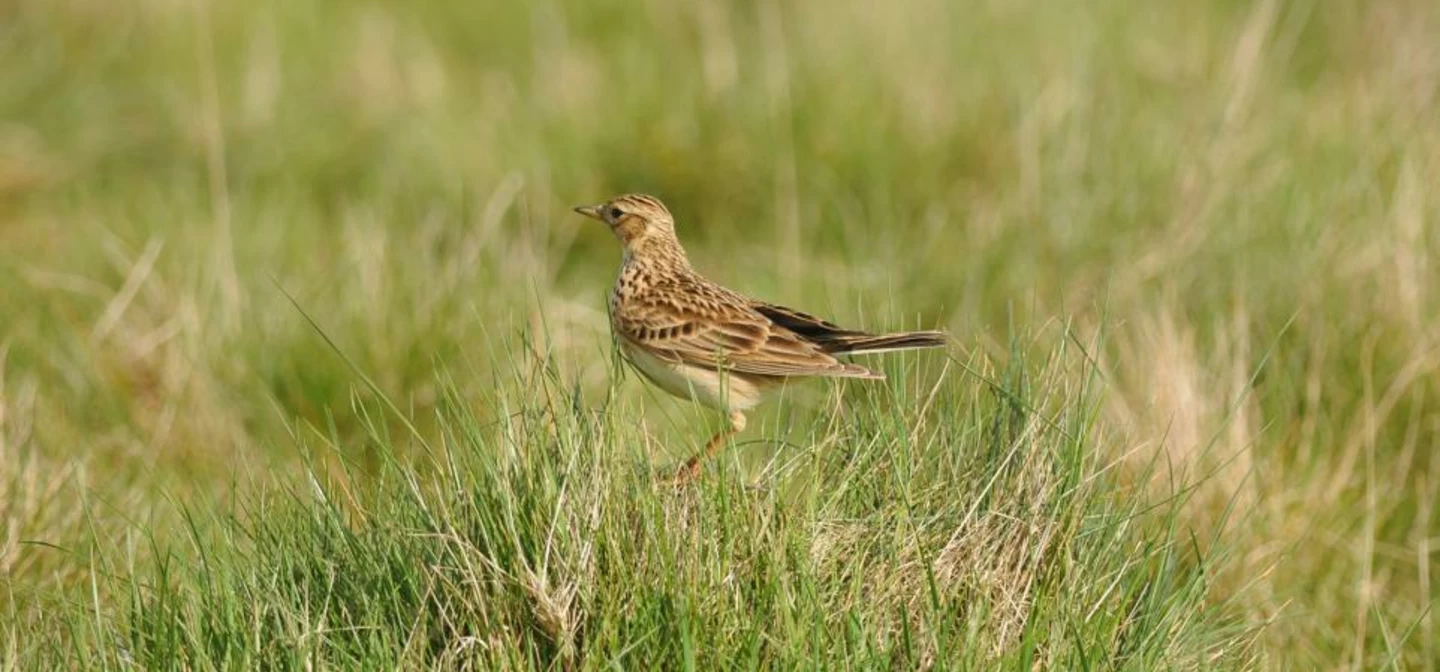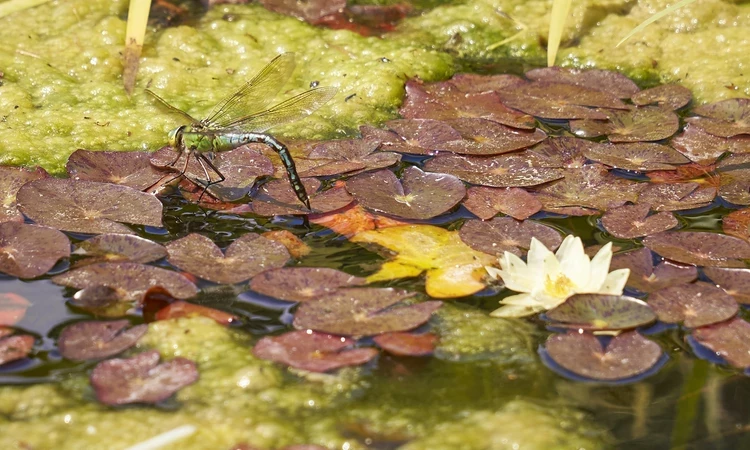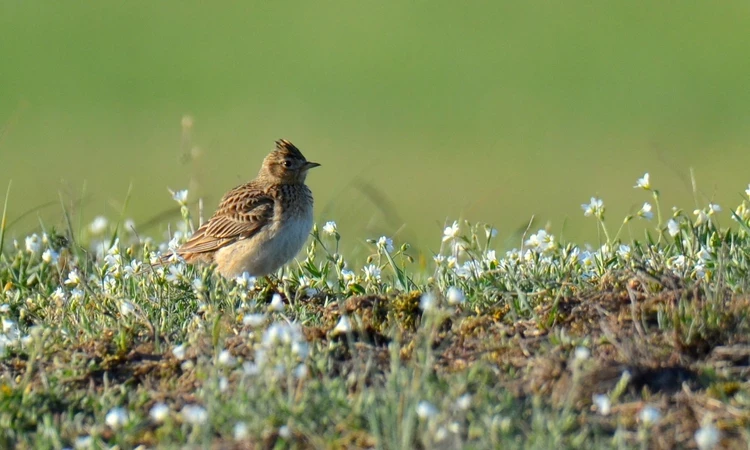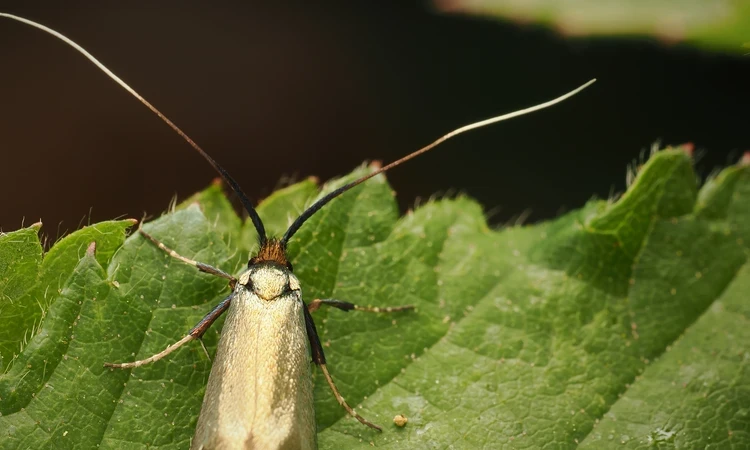
Without urgent action, skylark could be lost from Richmond and Bushy Parks
The impact of increased footfall to the Royal Parks during this latest lockdown could lead to the parks’ iconic skylark being lost if the nests are trampled on or disturbed by dogs.
The parks have remained open throughout the pandemic to provide vital green space and welcome people to the park to take exercise, engage in nature and boost their physical and mental wellbeing.
But certain areas of Richmond Park – designated a National Nature Reserve and Site of Special Scientific Interest, and Bushy Park - also a Site of Special Scientific Interest, are host to many important wildlife species, such as skylark.
Skylark are small, streaked brown birds, larger than a sparrow but smaller than a starling. They are ground-nesting birds, which breed from March to September. They are distinguishable by a spectacular song-flight, during which the bird rises almost vertically with rapid wing-beats, hovering for several minutes and then parachuting down. Song-flights of up to one hour have been recorded, and the birds can reach 1,000 feet high before descending.
For many years, The Royal Parks has asked people to avoid harming the nests by keeping dogs on short leads on paths within skylark breeding territories. The perimeter of these areas is marked by signs.
But greater visitor numbers walking off paths and dogs not on leads is putting this species at risk.
Simon Richards, Park Manager, Richmond Park, said:
“Richmond Park has been busier than we have ever seen it before – with recent visitor numbers greater than a ‘normal’ Spring Bank Holiday weekend. We welcome everyone to enjoy the natural environment, however increased footfall and disturbance to the environment can have a detrimental impact on wildlife.
“Skylark nest in the acid grassland of the park and their nests can be located in areas just off the paths. These birds are in decline nationally and the nests can be destroyed if trodden on by accident or disturbed by dogs. We conserve areas for skylark and count them. There were a total of only 18 pairs observed attempting to breed in the park in 2020 – and no skylark managed to establish territories in one of the previously populated areas of the park.
"Without urgent action, this species may be lost from the park for ever. This would result in the loss of one of the few remaining populations of skylark in London and we don’t want to add them to the list of wildlife that’s no longer here.”
Related Articles
-
 Read
ReadCreating a haven for frogs, newts and dragonflies
We’re restoring the Flower Garden Lake in Greenwich Park to support wonderful wildlife.
-
 Read
ReadTop five things to know about the soulful skylark
The beloved skylark can be found in two of our largest Royal parks – Bushy and Richmond Parks.
-
 Listen
ListenHow Climate Change Affects.... Insects podcast
Do insects emerge earlier in warmer springs? Do insects remain out foraging longer in warmer autumns? Hear the answers to these and other questions.